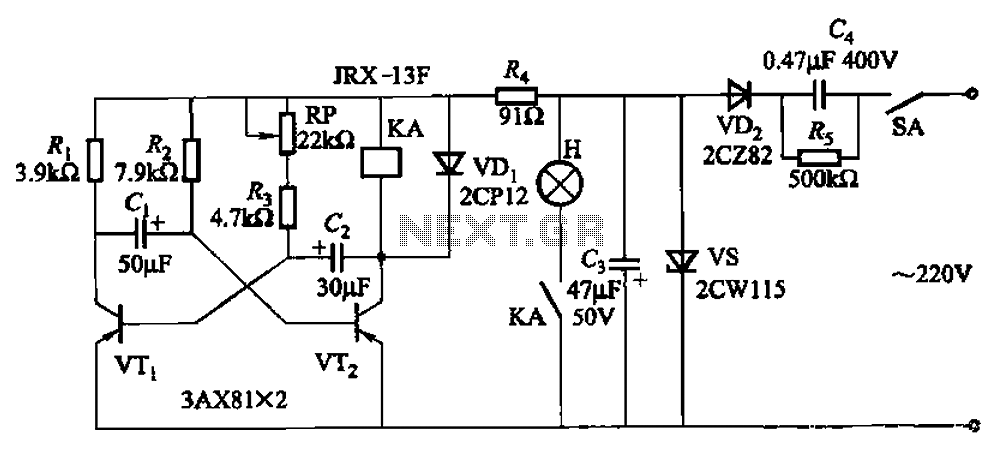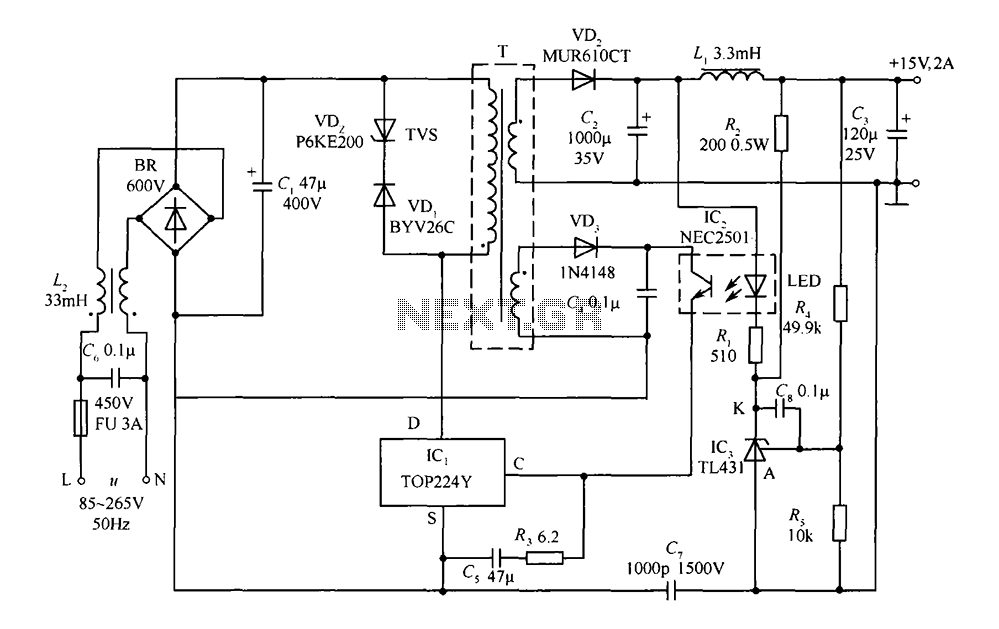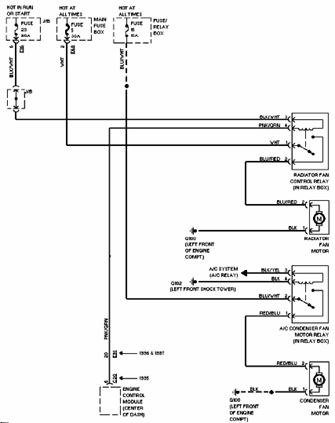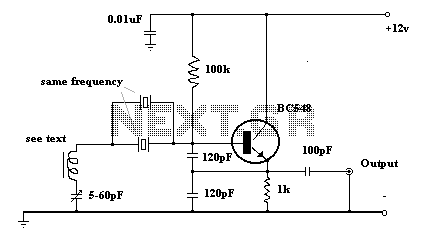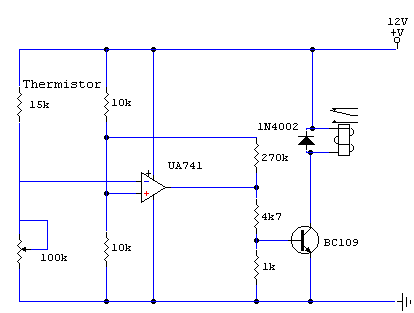
Magnetic-Pickup Phono Preamplifier Circuit
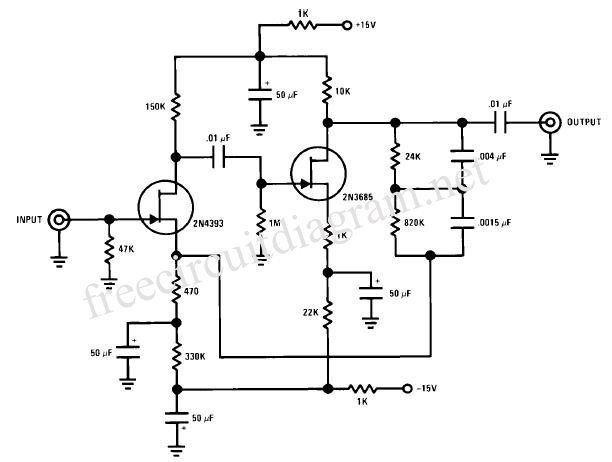
The preamplifier circuit is designed to offer appropriate loading for phono cartridges with reluctance. It achieves a gain of approximately 25 dB at 1 kHz (converting an input of 2.2 mV to an output of 100 mV). The circuit boasts a signal-to-noise ratio (S/N) exceeding -70 dB (referenced to a 10 mV input at 1 kHz) and exhibits a dynamic range of 84 dB (also referenced to 1 kHz).
The preamplifier circuit is an essential component in audio systems, particularly for vinyl playback, where it amplifies the low-level signals produced by phono cartridges. The circuit's gain of 25 dB is critical for elevating the weak output from the cartridge to a level suitable for further amplification by the main audio amplifier. The input sensitivity of 2.2 mV allows the circuit to handle a variety of cartridge outputs effectively.
The S/N ratio of better than -70 dB indicates that the circuit is capable of minimizing background noise, ensuring that the audio signal remains clear and undistorted. This is particularly important in high-fidelity audio applications, where signal integrity is paramount. The reference point of 10 mV input at 1 kHz provides a standard measure for evaluating the circuit's performance in real-world conditions.
The dynamic range of 84 dB signifies the difference between the smallest and largest signal levels that the preamplifier can handle without distortion. This range is significant for capturing the full spectrum of audio signals, allowing for both quiet passages and loud peaks to be reproduced accurately.
Overall, the design of this preamplifier circuit includes considerations for impedance matching, noise reduction, and signal integrity, making it suitable for use in high-quality audio systems. Various components, such as resistors, capacitors, and operational amplifiers, are typically employed to achieve the desired electrical characteristics and performance metrics. Proper layout and shielding techniques are also essential to prevent interference and maintain signal quality throughout the audio chain.Preamplifier circuit provides the proper loading for phono cartridges reluctance. This provides about 25 dB at 1 kHz gain (2.2 mV to 100 mV input output), features of S N/N ratio better than -70 dB (referenced to 10 mV input at 1 kHz) and has a dynamic range of 84 dB (referenced to 1 kHz) 🔗 External reference
The preamplifier circuit is an essential component in audio systems, particularly for vinyl playback, where it amplifies the low-level signals produced by phono cartridges. The circuit's gain of 25 dB is critical for elevating the weak output from the cartridge to a level suitable for further amplification by the main audio amplifier. The input sensitivity of 2.2 mV allows the circuit to handle a variety of cartridge outputs effectively.
The S/N ratio of better than -70 dB indicates that the circuit is capable of minimizing background noise, ensuring that the audio signal remains clear and undistorted. This is particularly important in high-fidelity audio applications, where signal integrity is paramount. The reference point of 10 mV input at 1 kHz provides a standard measure for evaluating the circuit's performance in real-world conditions.
The dynamic range of 84 dB signifies the difference between the smallest and largest signal levels that the preamplifier can handle without distortion. This range is significant for capturing the full spectrum of audio signals, allowing for both quiet passages and loud peaks to be reproduced accurately.
Overall, the design of this preamplifier circuit includes considerations for impedance matching, noise reduction, and signal integrity, making it suitable for use in high-quality audio systems. Various components, such as resistors, capacitors, and operational amplifiers, are typically employed to achieve the desired electrical characteristics and performance metrics. Proper layout and shielding techniques are also essential to prevent interference and maintain signal quality throughout the audio chain.Preamplifier circuit provides the proper loading for phono cartridges reluctance. This provides about 25 dB at 1 kHz gain (2.2 mV to 100 mV input output), features of S N/N ratio better than -70 dB (referenced to 10 mV input at 1 kHz) and has a dynamic range of 84 dB (referenced to 1 kHz) 🔗 External reference
